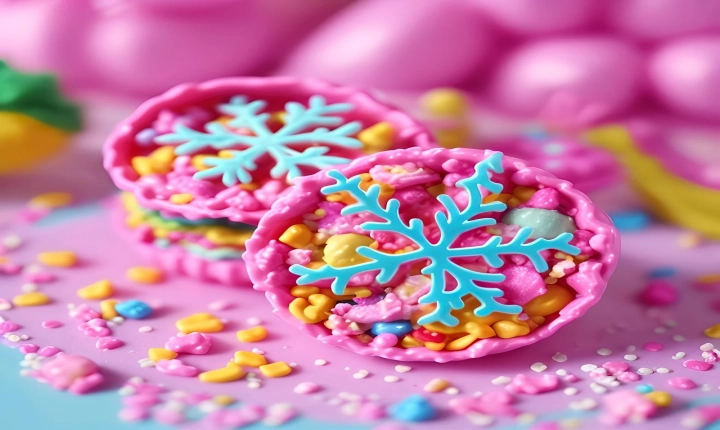Title: How to Make a Cartoon Using Artificial Intelligence
Cartoons have been a beloved form of entertainment for decades, and with the advancement of technology, the process of creating cartoons has evolved. One of the most exciting developments in this field is the use of artificial intelligence (AI) to create cartoons. AI has the potential to streamline and enhance the process of animation, making it more accessible to creators. In this article, we will explore how to make a cartoon using AI and the tools and techniques available for this innovative approach.
Pre-Production: Concept and Storyboarding
The first step in creating a cartoon using AI is similar to the traditional process: developing a concept and creating a storyboard. AI can help in this stage by generating ideas and suggesting visual elements based on the input provided. There are AI tools that can analyze existing cartoons and generate new visual concepts, characters, and environments.
Character Design and Animation
AI can be utilized for character design and animation in several ways. One method is to use AI algorithms to generate character designs based on specific criteria such as age, gender, and personality. Additionally, AI can assist in automating the animation process by generating in-between frames, smoothing out movements, and optimizing the overall animation workflow.
Voice Acting and Dialogue Generation
AI can also be employed during the voice acting and dialogue process. Text-to-speech technology can create realistic voiceovers for characters, allowing creators to quickly generate dialogue without the need for physical voice actors. Furthermore, AI-driven natural language processing can assist in creating engaging and natural-sounding dialogue for the characters.
Background and Scene Generation
Creating detailed backgrounds and scenes for cartoons can be time-consuming, but AI can simplify this process. There are AI tools that can generate intricate environments and backgrounds based on simple visual input, making it easier for creators to build immersive worlds for their cartoons.
Post-Production and Editing
Once the animation is complete, AI can assist in the post-production and editing phase. AI-driven editing tools can automate tasks such as color correction, scene transitions, and sound effects placement, saving creators time and streamlining the final production process.
Tools and Resources for Creating Cartoons with AI
Several AI tools and platforms are available to assist creators in making cartoons using artificial intelligence. For example, OpenAI’s GPT-3 can generate dialogue and narrative elements, while DeepArt’s algorithms can create stylized artwork based on input images. Other platforms like Runway ML and Artomatix provide a range of AI-powered tools for creating and animating characters and scenes.
Challenges and Considerations
While AI offers exciting possibilities for creating cartoons, there are also challenges and considerations to keep in mind. One of the main concerns is maintaining creative control and originality while leveraging AI-generated content. It’s crucial for creators to use AI as a tool to enhance their vision rather than replacing their creative input. Additionally, there may be limitations in the current capabilities of AI, and creators should be prepared to experiment and iterate as the technology continues to evolve.
In conclusion, the use of artificial intelligence in creating cartoons presents a fascinating opportunity for animators and storytellers. By harnessing the power of AI tools and platforms, creators can streamline the animation process, generate compelling visual elements, and enhance the overall production workflow. As AI technology continues to advance, we can expect to see even more innovative applications for creating cartoons that blend human creativity with the capabilities of artificial intelligence.
